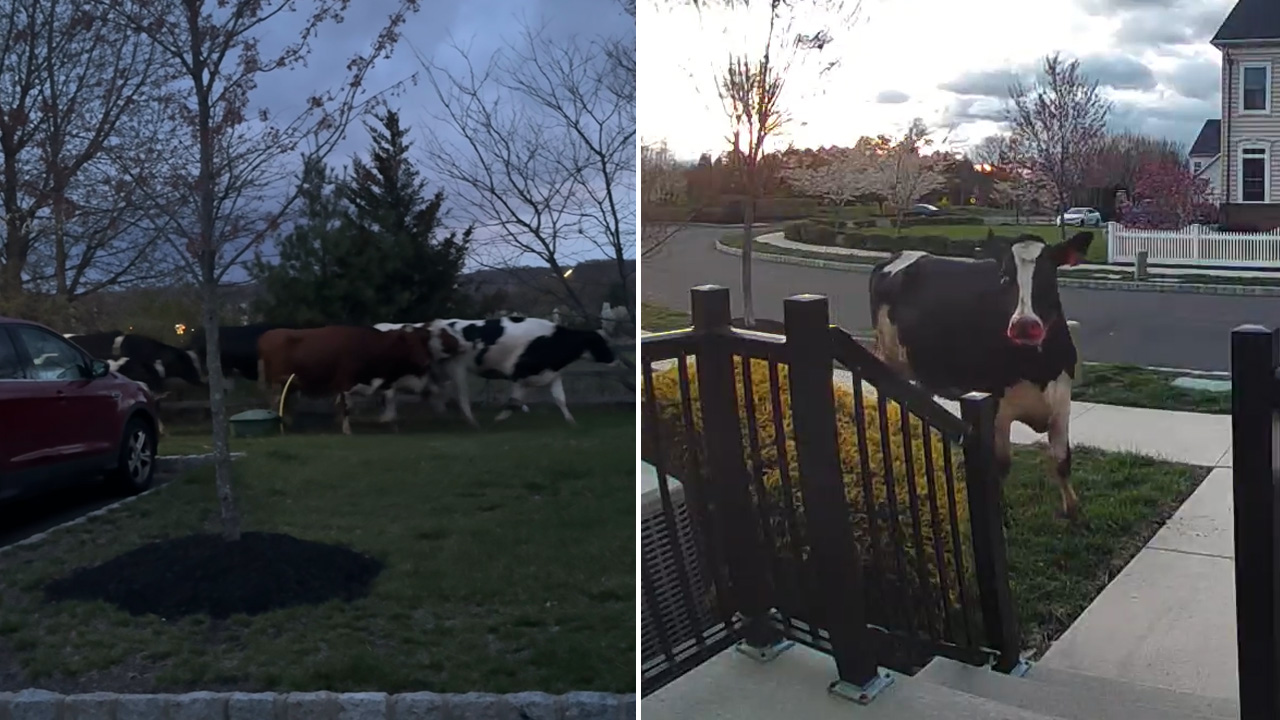Hundreds feared to be trapped in 'catastrophic flooding' on a North Carolina island
OCRACOKE, N.C. -- As Hurricane Dorian continues to move through North Carolina, hundreds are feared to be trapped in 'catastrophic flooding' conditions on Ocracoke Island.
In a Friday morning news conference, Governor Roy Cooper gave an update on the status of eastern and central North Carolina being affected by Hurricane Dorian.
"The danger right now is the rising storm surge of 4 to 7 feet and flash floods as the hurricane churns along the coast," he said.

Hyde County Sheriff's Office said it was responding to reports of "catastrophic flooding on Ocracoke Island."
Flash flood emergencies have been issued for Dare and Hyde counties. Cooper said officials are telling people to get to the highest point in their houses.
"There is significant concern about hundreds of people trapped on Ocracoke Island," Cooper said. "This latest development shows that we cannot yet let our guard down."
Power outage numbers on the coast show Hyde County has 4,277 customers without power and Carteret County has 36,385 people without power.
Ocracoke Island resident Leslie Lanier said some residents on the thin strip of land on North Carolina's coast have had to climb into their attics due to high water from Hurricane Dorian.
Lanier said via text message Friday morning that some first floors have been flooded. But she added that the water level has started to drop. Lanier owns a bookstore on the Outer Banks island. She said she's OK but "nervous and worried."

According to ABC11 Meteorologist Don "Big Weather" Schwenneker the flooding should not totally be blamed on the rain from Hurricane Dorian. He said the storm dropped about 6.5 inches of rain on Ocracoke.
The flooding is mostly due to Hurricane Dorian's wind, which caused storm surge that backed up and flooded the island. Official numbers for the size of the storm surge have not yet been released.
Dorian came ashore Friday morning at Cape Hatteras on North Carolina's Outer Banks, but it had been pummeling the coast for hours before that.
At the start of the week, the storm slammed the Bahamas, killing at least 30 people and obliterating countless homes. From there, it swept past Florida and Georgia before sideswiping the Carolinas on Thursday with tornadoes that peeled away roofs and flipped recreational vehicles.










